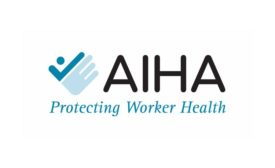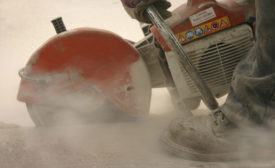News
Are you in compliance with OSHA’s silica standard?
June 23 is effective date
June 19, 2018
What Employees Really Want for Safety:
Ten Guidelines for Improving Safety Culture Based on Workers’ Feedback
June 15, 2018
Never miss the latest news and trends driving the safety industry
eNewsletter | Website | eMagazine
JOIN TODAYCopyright ©2024. All Rights Reserved BNP Media.
Design, CMS, Hosting & Web Development :: ePublishing









